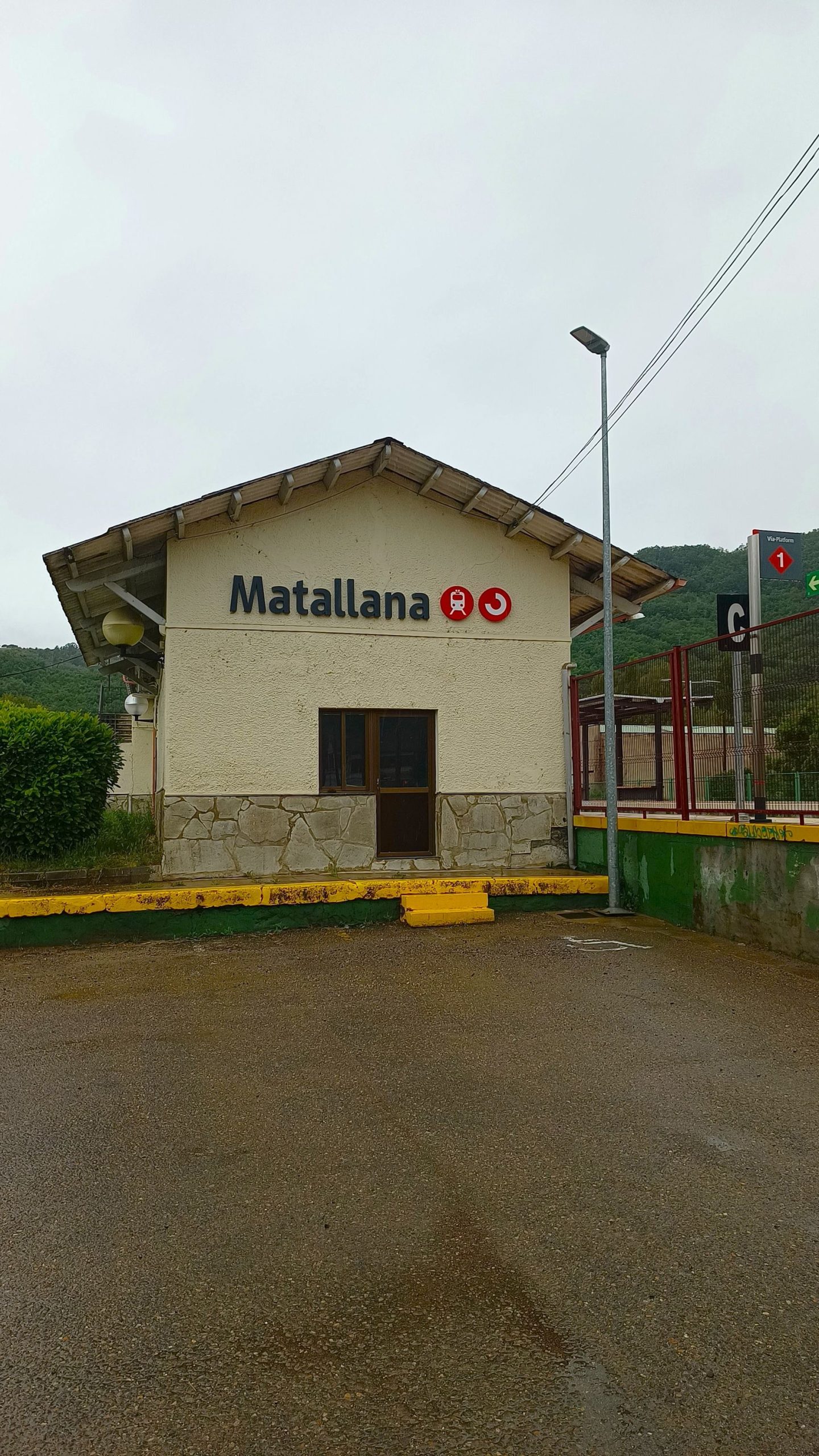Matallana – La Robla
CHARACTERISTICS
- OUT OF SERVICEEstación de Matallana (UTM 30T 293890 4746250); (P.K. 10,687)
- OUT OF SERVICEEstación de La Robla (UTM 30T 285249 4742395); (P.K. 0,000)
Line 792 Matallana – La Robla historically constitutes a secondary branch of the so-called Robla Railway, which is currently called Line 790 Asunción Universidad – Aranguren.
The Robla Railway was built at the end of the 19th century to transport coal from the coalfields of León and Palencia to the Basque steel industry, which needed an alternative to the coal that arrived by ship from England and which was very expensive. It was put into service in 1894. [1] [2]
The 792 Matallana – La Robla line historically constitutes a secondary branch of the so-called Robla Railway [...]
In principle, the railway had its terminus at La Robla and travellers who wanted to get to León had to change to the León-Gijón line of the Compañía de los Caminos de Hierro del Norte de España (Northern Spain Railway Company), but in May 1923 the route was extended from Matallana de Torio to León, where the station called Matallana was built to differentiate it from the existing broad-gauge railway station. From that moment on, León station became the head of the line and the section between La Robla and Matallana was relegated to a secondary branch line. [3]

Estación de La Robla (León)
In 1991, passenger services on the line were suspended, being re-established in 2003 between León and Bilbao, but leaving the branch line between La Robla and Matallana exclusively for goods.
In 2004, the section between the stations of La Robla and Matallana was not in service.
In 1991, passenger services on the line were suspended, only to be re-established in 2003 between León and Bilbao [...]
The perception of its tourism potential is low. It should be borne in mind that this is a small branch line connecting the metre-gauge line L790 León – Bilbao with the Iberian-gauge line León – Oviedo. It runs through a densely wooded but sparsely populated valley, which could have some potential for hiking. The main stations, Matallana and La Robla, are of historical value, but in terms of architectural heritage the stations along the line are not particularly outstanding.
Category C2.
A disused railway line in an abandoned or partially dismantled state.
Photographic report

Estación de Matallana de Torio (León)

Estación de La Robla (León)

Estación de La Robla (León)
References
-
J. S. Melado, «Crisis de la minería del carbón y transformación del espacio: el caso de las cuencas orientales leonesas Autor: Jesús Sánchez Melado». Universidad de Valladolid, 2006. [En línea]. Ver referencia
-
M. M. Álvarez, «Ferrocarril y territorio el centenario del ferrocarril de La Robla». [En línea]. Ería: Revista cuatrimestral de geografía.
-
P.F. Díaz-Sarabia, "El Ferrocarril de La Robla". En: Miguel Muñoz Rubio y Rafael Alcaide González (eds.), Historia de los Ferrocarriles de Vía Estrecha en España, Fundación de los Ferrocarriles Españoles, Madrid, 2004.